Charleston’s Art Scene: An Insider’s Guide
Gallery director Katie Kerns Geer explains why Charleston, South Carolina, is attracting art lovers and collectors from across the country
Gallery director Katie Kerns Geer explains why Charleston, South Carolina, is attracting art lovers and collectors from across the country
If you’ve been considering paying a visit to the charming South Carolina city of Charleston, perhaps it’s because you’ve heard about its historic preservation efforts, or that its beaches are just 20 minutes from downtown? Or maybe someone has told you about Charleston’s incredible southern hospitality and culinary attractions? What you may not have heard though, is that it is also a gallery habitué’s delight, and the place to visit if you’re looking to expand your art collection, or your mind.
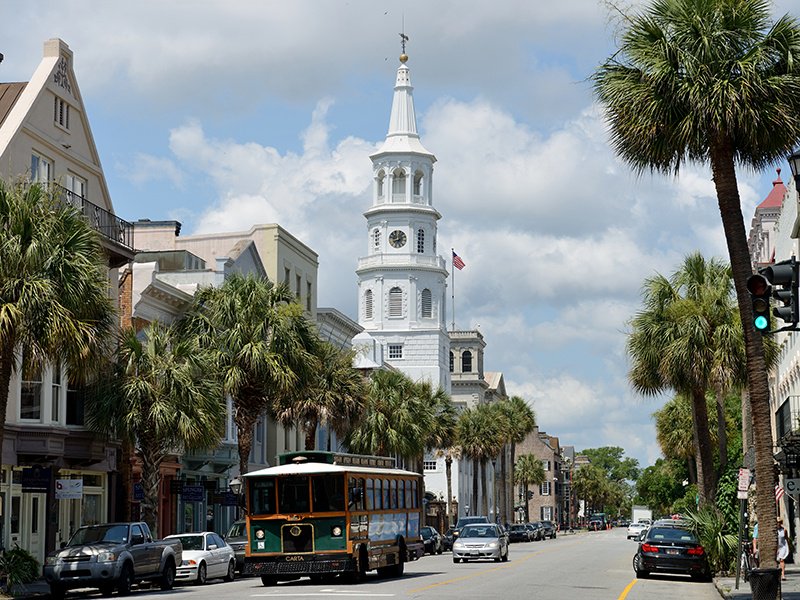
Katie Kerns Geer, director of the city’s Meyer Vogl Gallery, guides us through Charleston’s myriad museums, classic and contemporary galleries, and historic antebellum homes.
Navigating Charleston’s galleries
Charleston’s art scene has exploded in recent years, and new galleries are constantly opening. Most are within walking distance of each other in the “gallery district”—the unofficial neighborhood spanning several blocks within the historic French quarter—and “gallery row” along Broad Street.
The city’s urban landscape and distinctive architecture provide a lasting sense of place that is unique unto itself
“I have watched the art scene evolve dramatically over 35 years, and for great reason,” says Charleston artist and gallery owner Laurie Meyer of Meyer Vogl Gallery, which represents artists including Marissa Vogl (also gallery co-owner), Quang Ho, and Bill Davidson.
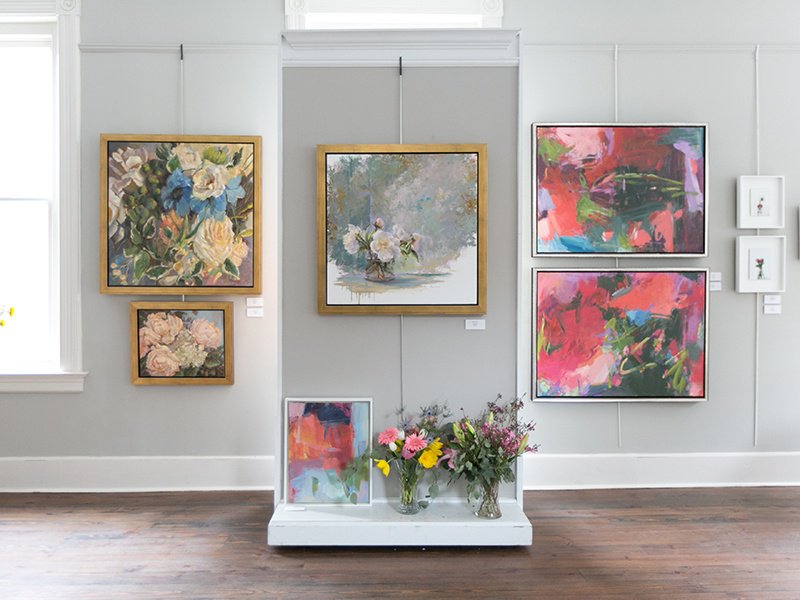
“Three decades ago, a dozen or so local artists used the palette of the light and architecture of Charleston, primarily in watercolor,” Meyer says. “They established the foundation for which young artists could study and grow, and the city has since become an artist’s mecca. Galleries then followed.”
The close proximity of galleries makes for lively and gratifying ArtWalks, which are held on the first Fridays of every March, May, October, and December. Artists’ opening receptions often coincide with the food-and-wine-filled walks, which serve as an opportunity for locals and visitors to easily bounce from one gallery to the next and see what’s new.
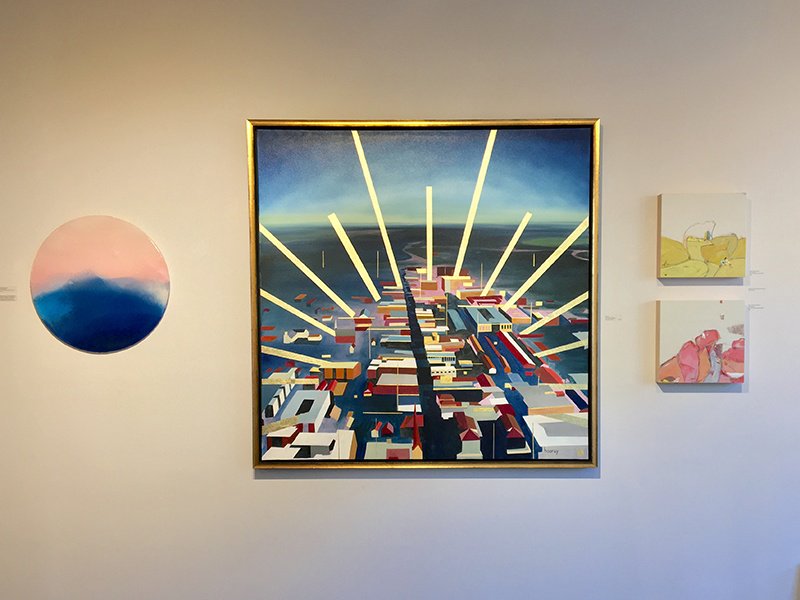
Among the highlights? Anglin Smith Fine Art, which shows the work of Charleston painter Betty Anglin Smith and her artist triplets; Robert Lange Studios, which is known for its contemporary realism; Ann Long Fine Art; Horton Hayes Fine Art; and Principle Gallery. More contemporary arrivals on the scene include The George Gallery, Miller Gallery, and The Southern.
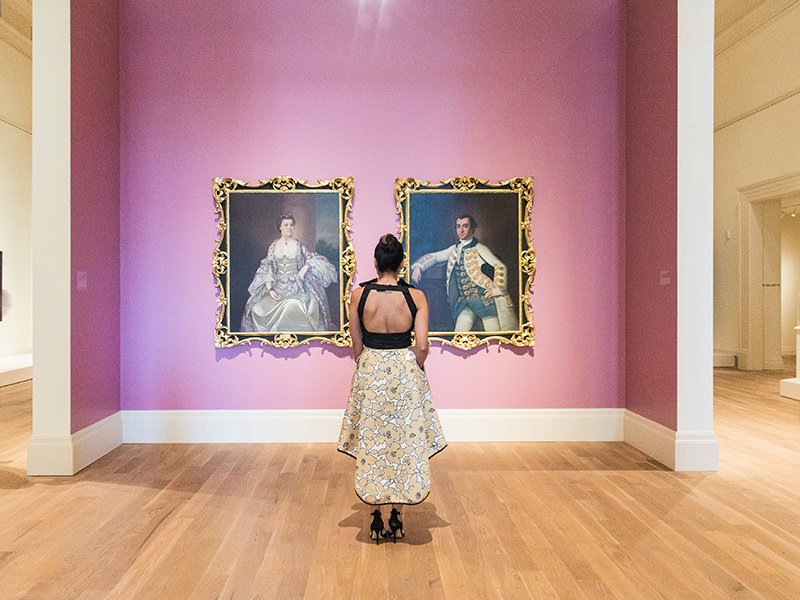
Museum musts
Charleston isn’t just about the galleries; the city’s museums contain everything from portraits to sculpture to decorative arts. A good place to start is the Gibbes Museum of Art. Here the South’s artistic history meets a vibrant, contemporary scene; the museum recently underwent an 18-month, multimillion-dollar renovation and expansion, returning the museum to its original Beaux Arts architectural style. When the Gibbes Museum was first constructed in 1905, porcelain tile floors and a stained glass dome were integral design elements, and the renovation unearthed and reinstated them to their original gleaming glory.
Charleston has become an artist’s mecca
The permanent collection spans four centuries of American art, with a focus on the American South—including, notably, more than 600 portrait miniatures: watercolor paintings on ivory that fit in the palm of a hand. The museum also hosts several exhibitions a year; visit the Gibbes by May 20, 2018, to view Magic in the Mundane: Modernist Photography from the Robert Marks Collection and Mexico and the Charleston Renaissance.
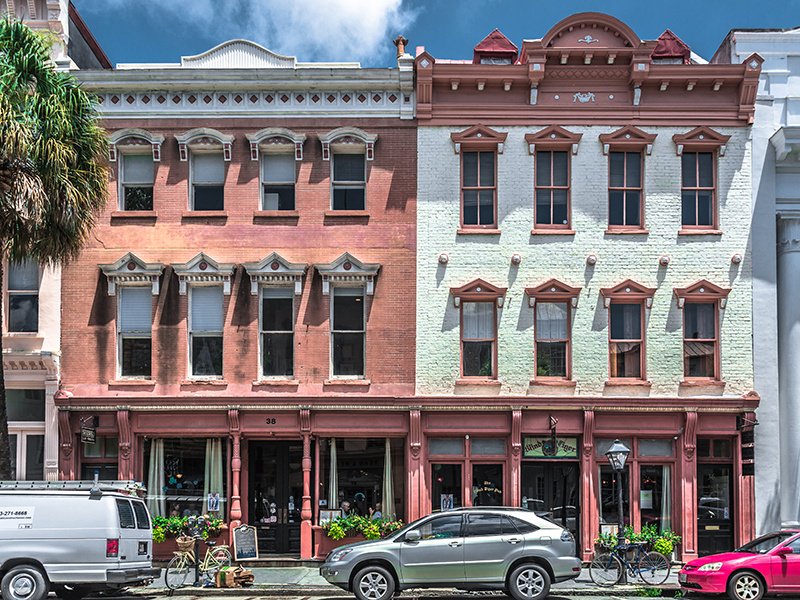
Less than a mile down the road is the Halsey Institute of Contemporary Art, which puts on five to seven exhibitions a year. An integral part of the College of Charleston, the Halsey’s contemporary art exhibitions—ranging from an exploration of the recurrent motifs in the works of Jasper Johns and Shepard Fairey to annual juried student shows—coincide with educational programming. But you don’t have to be a student to visit. Anyone can pop in during regular gallery hours.
A different perspective
An entirely different way to do the museum scene in Charleston is to tour the historic antebellum homes in the city. The Aiken-Rhett House boasts a gallery that showcases artwork acquired by the Aiken family on their mid-19th-century European Grand Tour. Make a day or two of it by also stopping by the Calhoun Mansion, Edmondston-Alston House, Heyward-Washington House, Joseph Manigault House, and Nathaniel Russell House.
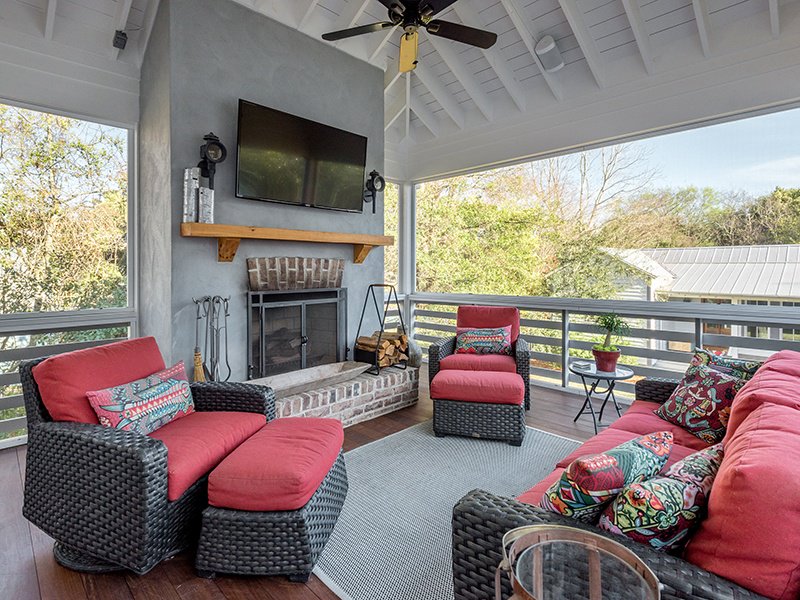
More to explore
Fair warning: If you come to Charleston for the art, you may decide never to leave. According to the Charleston Regional Development Alliance, around 4 million people visit the city and more than 12,000 people decide to lay down roots in the city each year.
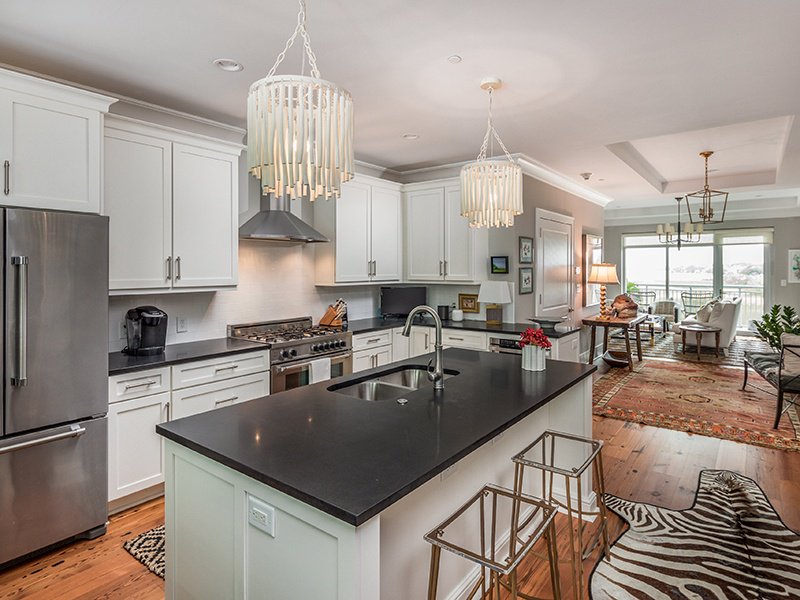
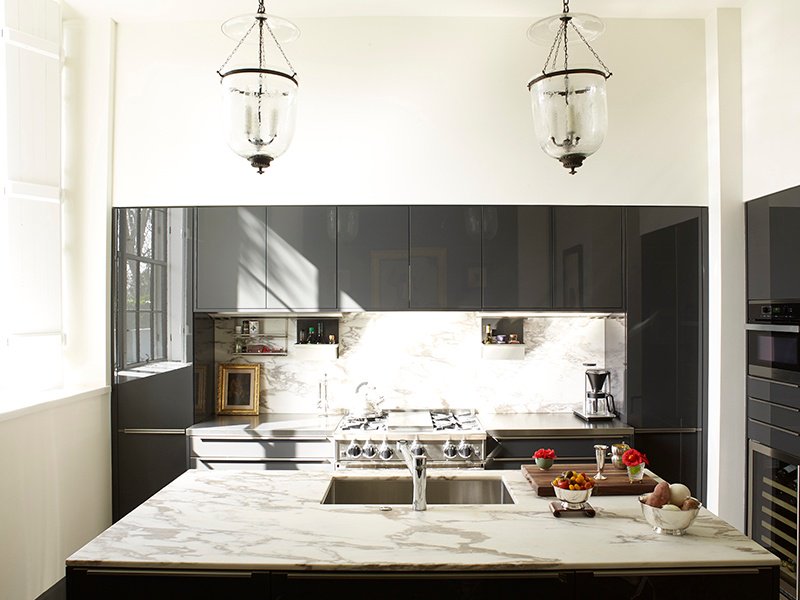
“Many of Charleston’s out-of-town buyers are looking for a turnkey pied-à-terre, complete with an updated kitchen and baths and a charming garden space for entertaining,” Geer adds. “When this sort of property hits the market, it does not last long.”